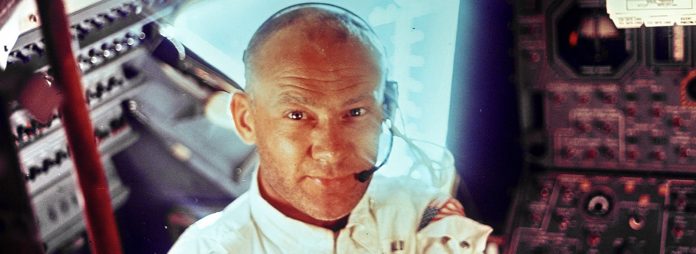My great-aunts Daisy and Clara were convinced that humans never went to the moon.
I asked them about the television broadcast we all watched; they claimed it was filmed by Hollywood actors on sand dunes in Arizona. I asked them about the testimony of Neil Armstrong and Buzz Aldrin that they had been to the moon; they said the astronauts had been paid to lie. I asked them about the moon rocks they brought back; they asked me, “How do you know they’re from the moon?”
My great-aunts were not alone in their skepticism.
A poll taken a year after Apollo 11 found that 30 percent of Americans believed the moon landing to be fake. Even today, as many as 10 percent of Americans (and 60 percent of Russians and 25 percent of Brits) believe the lunar landing was staged. Ten percent of Americans equates to thirty-two million people. That’s more than the population of our fifteen largest cities, combined.
Even though scientists have repeatedly debunked such conspiracy theories, they persist. And they tell us something important about faith in our culture.
Communion in space and atheism on earth
Buzz Aldrin celebrated communion aboard Eagle after he and Neil Armstrong landed on the moon. (See Steve Yount’s excellent article on our website for more.) However, NASA officials decided not to broadcast his communion service back to earth, reportedly fearing a lawsuit from atheist Madalyn Murray O’Hair.
This tension between communion in space and atheism on earth is a metaphor for American culture today.
Trust in government peaked at 77 percent in October 1964, a year after President John F. Kennedy’s assassination. The year before the moon landing, average trust in government had fallen to 62 percent. The year after the landing, when 30 percent of Americans believed Apollo 11 to have been staged by the government, it had fallen further to 54 percent.
Public trust in government today stands at 17…
… Read More
—
Click Read More to read the rest of the story from our content source/partners – Denison Forum.
